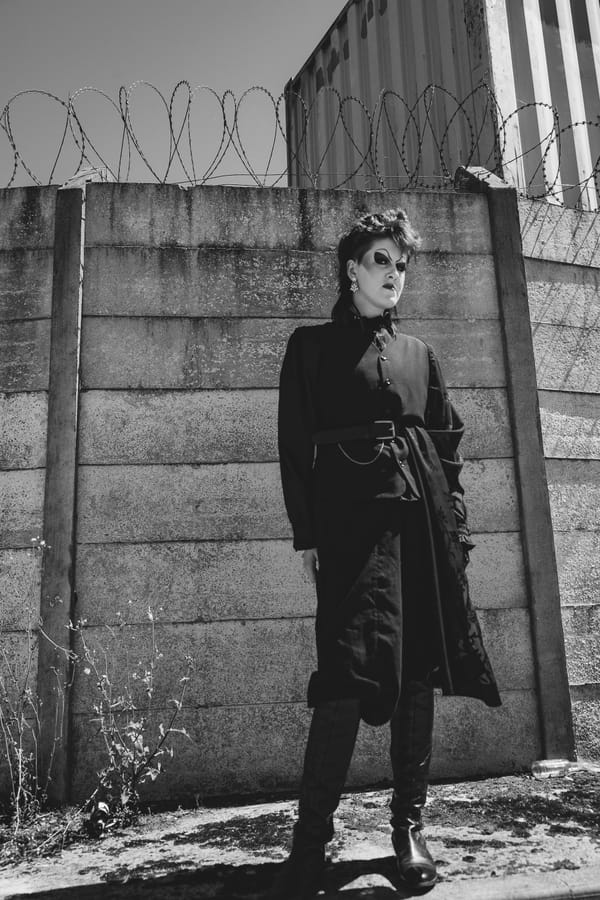Reconstructing Robin Hood Gardens: At 'Past the Concrete'
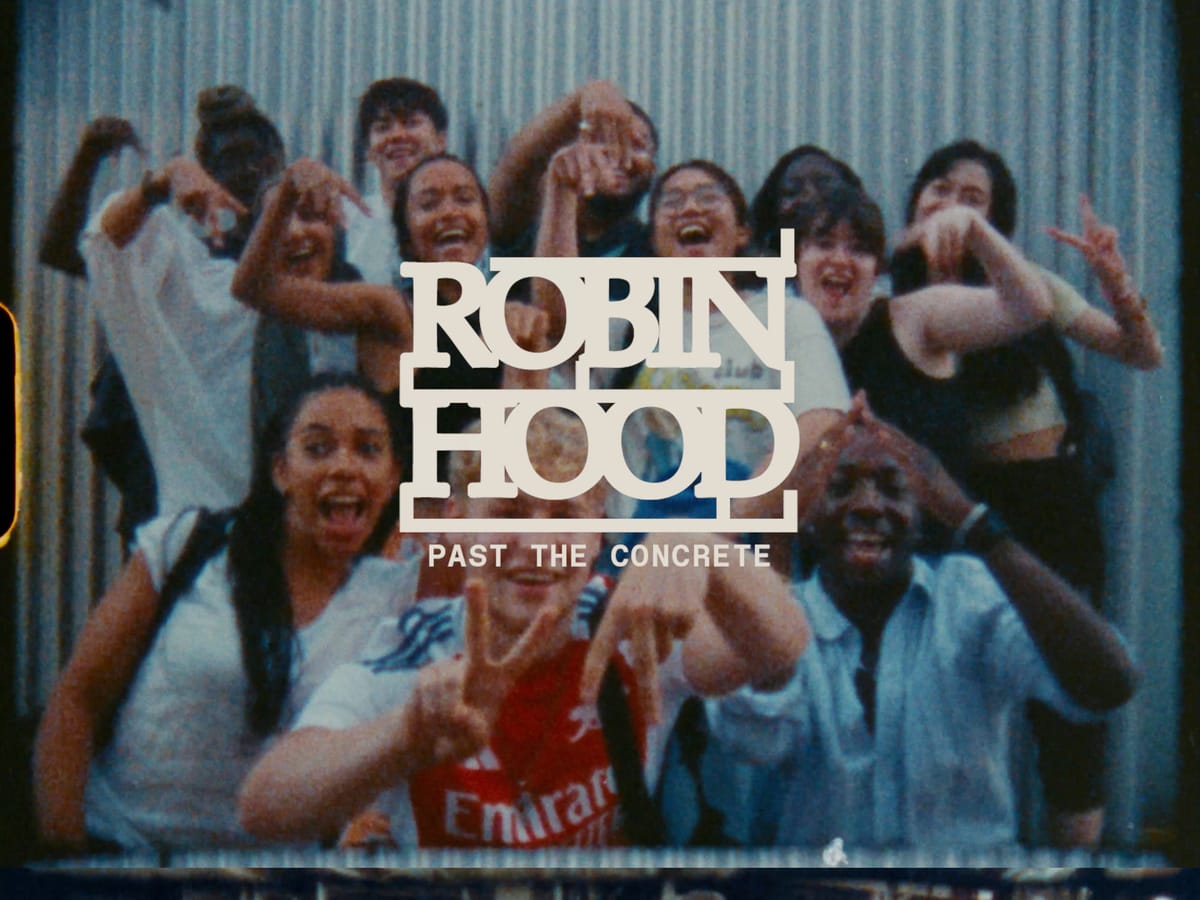
Written by Tommy Sissons
When architects Alison and Peter Smithson named the Poplar council estate they designed Robin Hood Gardens, they invoked the legendary Nottinghamshire outlaw as a symbol of the Welfare State: a system intended to redistribute wealth for the benefit of all. Completed in 1972, the estate emerged during the later years of optimism about the social and moral ideals of post-war egalitarianism and collectivism. Half a century on, Robin Hood Gardens no longer exists. Demolished between 2017 and March 2025, it is being replaced by the Blackwall Reach Regeneration Project, a development predominantly comprising private flats marketed as luxury housing.
The disappearance of Robin Hood Gardens is, of course, emblematic of the ongoing housing crisis in the capital, where over twenty thousand social-rented homes have been demolished in the past decade. Academics such as Loretta Lees and Hannah White have rightly described this as “the social cleansing of London council estates,” culminating in an “accumulative dispossession” of residents (2019). A daunting number of working-class Londoners can attest to friends or family who have been forced to leave their homes, often relocating to unfamiliar areas or the outskirts of Greater London. Amid this dispossession, opportunities for affected communities to articulate their experiences are increasingly rare. It is precisely for this reason that ‘Past the Concrete’ proved to be such a significant and moving event.
The collaboration between V&A East (with Assistant Curator of Public Practice Ben Swaby Selig) and Tate Modern, hosted at the Tate’s Starr Cinema, explored the history of Robin Hood Gardens through both a screening of a film co-produced with the Young Producers at V&A East and directed by Nate Agbetu, and the reading of lyrical essays and poems by young East Londoners. The event deftly confronted the human cost of profit-driven urban redevelopment in Britain. By foregrounding the collective identities and histories of the estate’s residents, it presented Robin Hood Gardens as not only a pioneering example of Brutalist architecture worthy of preservation but also as a manifestation of radical working-class collectivism in practice. References to ‘streets in the sky’ are often framed in vague, romantic, or even utopian terms; rarely are the material realities of these estates openly discussed in a way that both celebrates their successes and reckons with their adversities within a prominent institution such as the Tate. ‘Past the Concrete’ went further, advancing the need to preserve what remains of London’s social housing and to collectively imagine the estates of tomorrow.
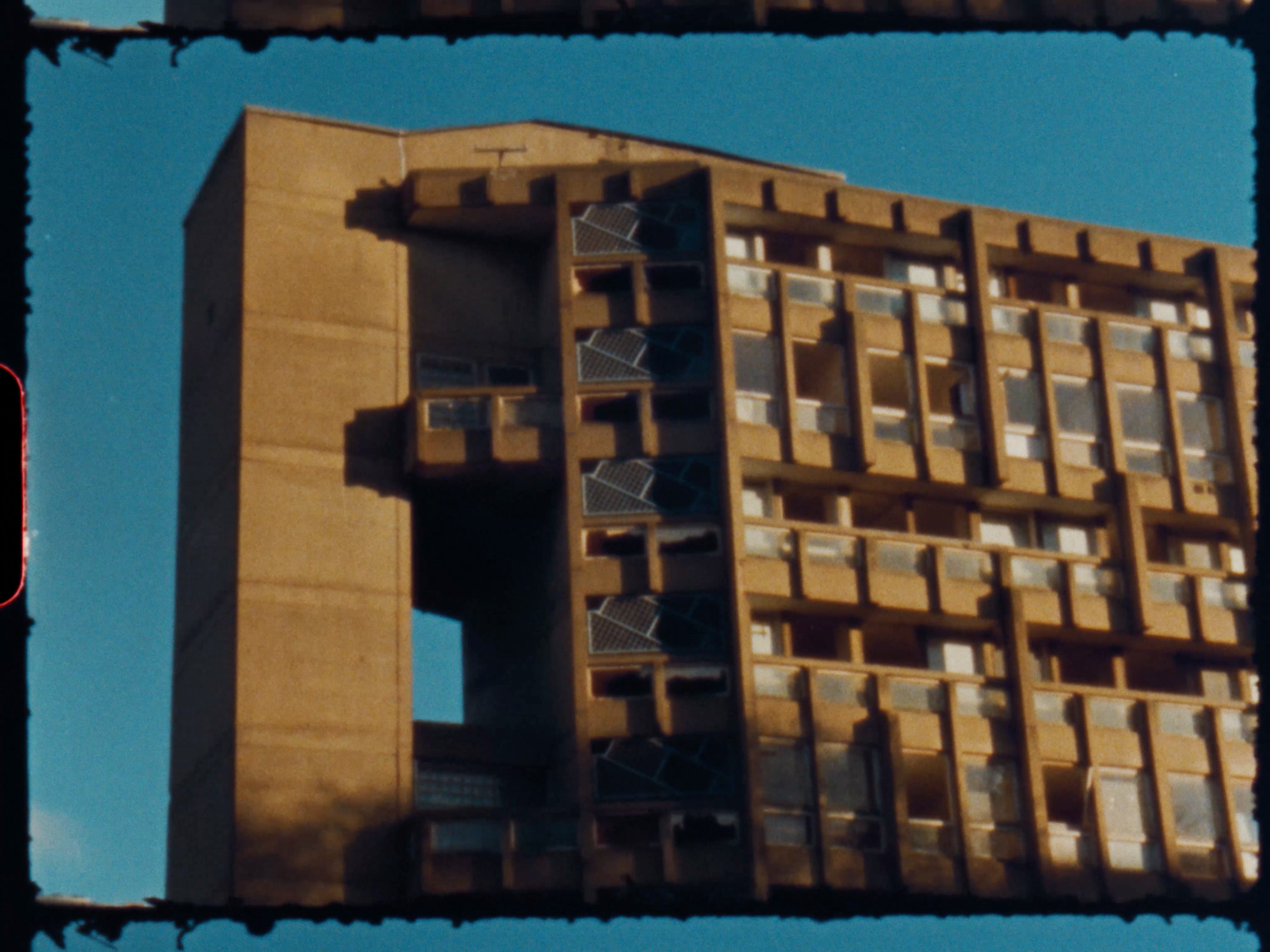
From the moment attendees arrived, it was clear that ‘Past the Concrete’ valued engagement with the communities surrounding Robin Hood Gardens. Audience members were invited to complete a ballot with questions such as “Who Is Most Responsible for the Decline of Estates?” and “Should Cultural Institutions Be More Accountable to the Communities They Depict?” Participants were encouraged to submit their responses at the end of the night, with answers to be reviewed by the V&A Young Producers.
Following this, there was a screening of Agbetu's film Robin Hood: Past the Concrete — a visual elegy to the estate. Footage of the residential blocks is interspersed with passages of spoken word and oral testimonies from former tenants and contributors to the event. Where inhabitants are absent from the film, the lingering presence of their lives feels particularly pertinent - almost tangible - and the estate’s structures are translated into vessels of personal and collective memories. At once, Robin Hoods Gardens appears simultaneously vacant and sentient; derelict and yet still teeming with life.
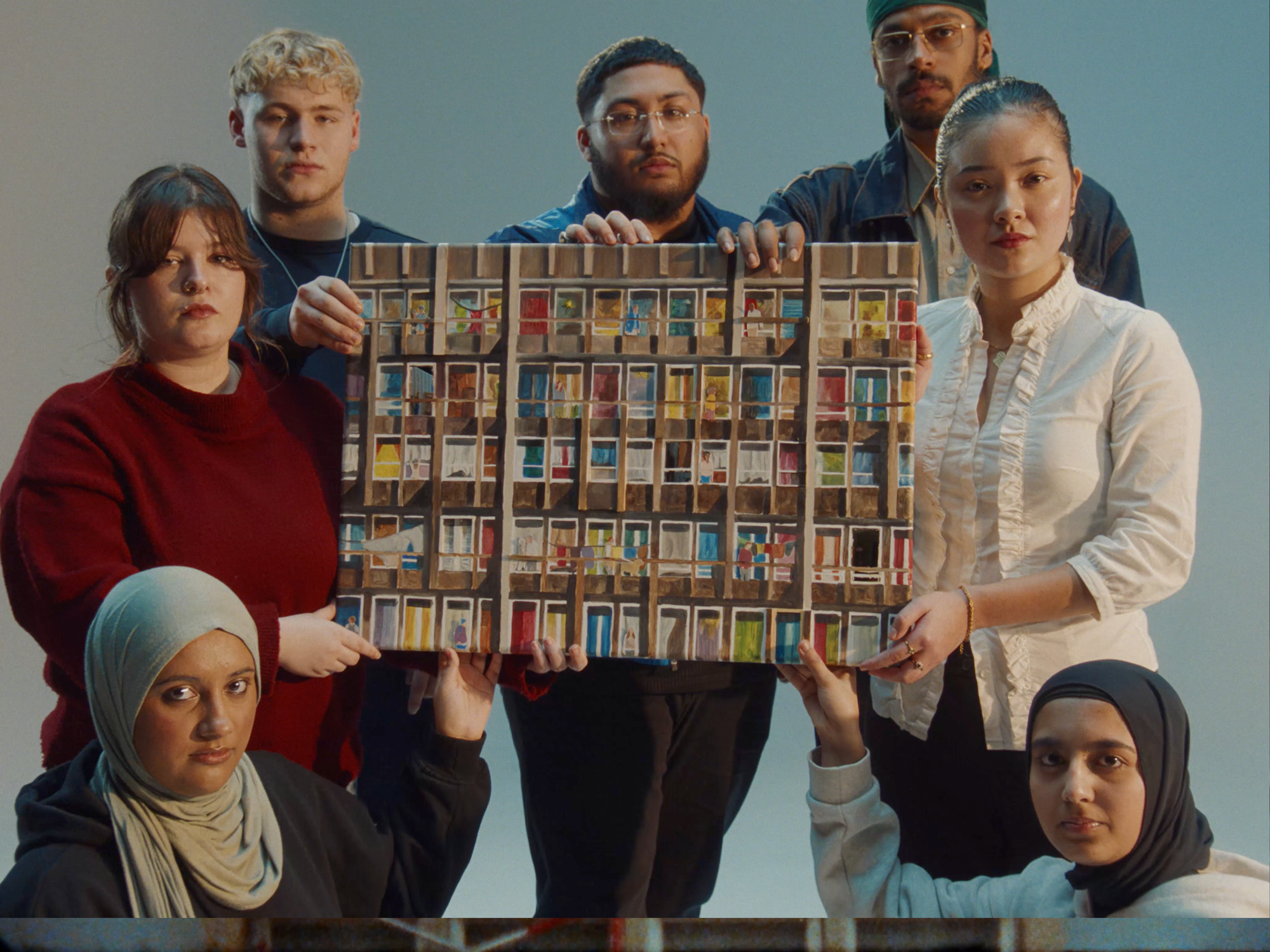
After the screening, young East Londoners shared their personal connections to Robin Hood Gardens. Writer Hanifah Anam, poet Ikram Chowdhury, actor Sadia Aziza, director Nate Agbetu and researcher and author Nick Thoburn contributed through lyrical essays, poetry, and oral histories. They sat within the audience and were projected live on the screen, dissolving the traditional spatial dynamic between reader and viewer. The effect of this was that there was no 'performer' at the event - no spectacle. This was a particularly nice touch.
Chowdhury shared his foreword to the contributors’ publication ‘Robin Hood: The Arts of Occupation’, conjuring the sensory and communal life of the estate. An extract from his piece follows:
Welcome to Robin Hood Gardens. My grandparents live in Flat 137 on the 2nd floor; the door is ajar and the windows are open, out of which lingering guests from grandma’s pots and pans emerge, as if they were the spirits of the ingredients that she’d picked up from Chrisp Street Market. There really is no singular smell that seeps into fabric and sticks to the skin like that of a Bengali curry. If Shakespeare had lived in 21st Century Stratford instead of 16th Century Stratford-upon-Avon, he would’ve had Lady Macbeth lament over the spices of South Asian cuisine instead of the perfumes of Arabia. From childhood, my little hand was sweetened by the fruits of my mum’s and grandma’s labour - carrying the same fragrances you’ll find scattered throughout this project, as well as the streets we call home.
In reality, my grandparents actually live in Mile End these days, on streets no longer defined by the community of neighbours that had performed in the play of my childhood. That cast had been cast away by faceless directors and producers, to sets both old and newly built, to live out stages of their lives I wouldn’t see, on stages far away from me. Those doors had been closed, much like Flat 137's entrance, with the estate's demolition and the subsequent displacement of its residents.

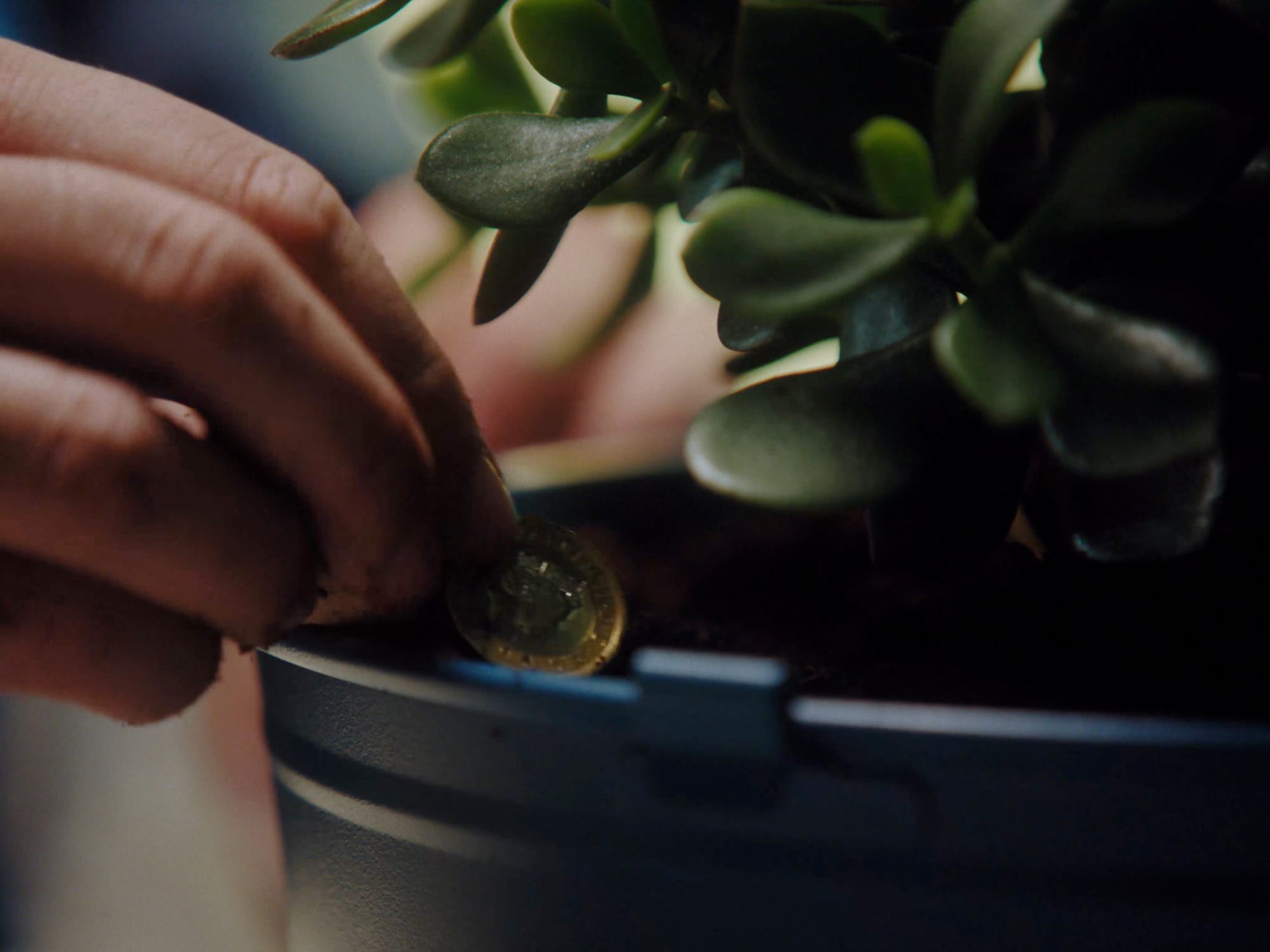
Later, Aziza read an essay reflecting on her own experiences growing up in the estate. An extract from her contribution reads:
Ignorance from outsiders is something that you come to expect. But what felt most alienating was the perception from the local community. When I was 13, in conversation, I told a friend where I lived. And watched as their face erupted into cartoonish astonishment - “You live there? You live in Robin Hood Gardens?” she supressed a giggle as she confessed her family had nicknamed the estate “Poverty Gardens”.
(Interestingly enough we were from the same socio-economic background).
There’s no bad blood between me and that friend, we’re still close to this day. I understood. And in any case, I didn’t feel like the estate defined me. I was adamant about not letting it.
During my time there I was the most ambitious and most hard working I’ve ever been, before or since. I was 14 waking up at 5am to work out before school, doing every extra-curricular: theatre projects with the Barbican, netball tournaments, drumming, Model UN. Essentially, I was doing everything possible to escape my given circumstances.
The reputation of my address felt like a threat from the outside, in. It undermined all the work I’d been doing in public. Like with my friend, I saw it crumble in people’s eyes as they put the two halves of my identity together. The surprise, followed by “oh, you know, you’re actually very well spoken”.
During this time (being the try-hard I was) I came across the writing of W.E.B. Du Bois and his idea of a “double consciousness.” Though what I was experiencing was more to do with class than race, he put words to my experience in a way that my young brain just couldn’t. I was at all times hyperaware of how I was presenting and how I was being perceived. And It’s something I’ve only recently started to work through.
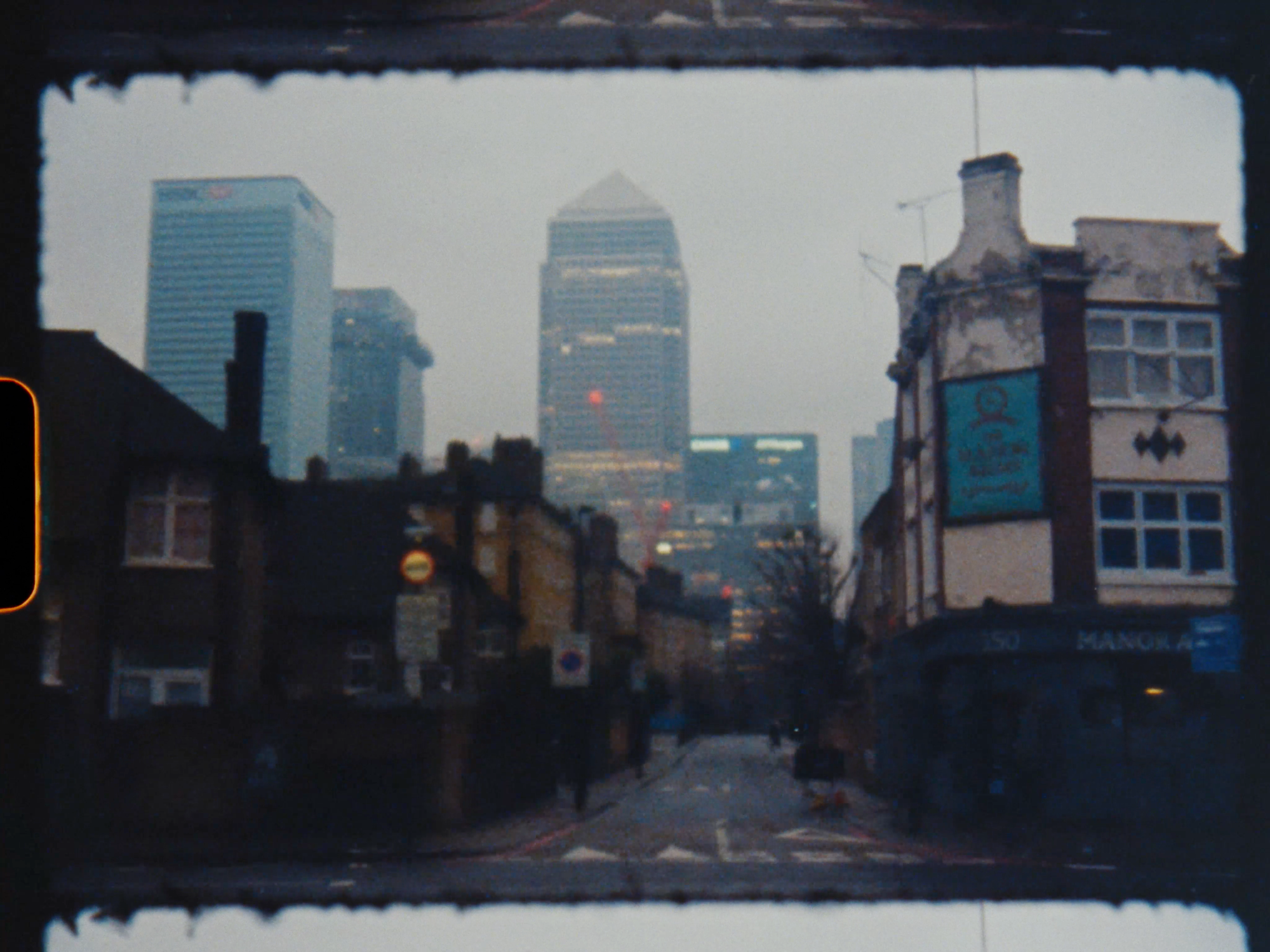
Towards the conclusion of the evening, a Q&A enabled former residents and local community figures to offer their perspectives on the ongoing crisis in social housing provision. The discussion touched on the managed decline of estates, in which investment is deliberately reduced and loopholes exploited to lower the number of social housing units in new developments. It also considered how estates have become increasingly sanitised in recent years, as council flats are sold to private landlords, rents rise, and buildings become populated by the middle class. This has created a situation in which Brutalist architecture is heralded as a masterpiece only after its working-class residents have been displaced. In this context, the estates themselves become empty signifiers of their own obliterated histories, objects of aesthetic and cultural currency detached from the communities they once served.
The participatory approach of ‘Past the Concrete’ demonstrated that collective memory need not be passive. Indeed, recollection involves the active process of ‘collecting’ – of regrouping, mobilising and putting-back-together. It can even be considered an act of reconstruction: a reassembling of dispersed communities and recreation of demolished estates through collective imagination. In remembering Robin Hood Gardens, the future is as important as the past: we are reminded both of what we must fight to preserve and of the new social housing we must raise in London’s uncertain future.
In 2017, following a failed campaign by architects, critics, and heritage groups to prevent its demolition, the V&A acquired a three-storey section of Robin Hood Gardens as a physical record of post-war social housing design. Described by the museum as a “fragment” in its press materials, the piece was first displayed the 2018 Venice Architecture Biennale exhibition ‘Robin Hood Gardens: A Ruin in Reverse’. There is a symbolic weight to this word: fragment. It reminds us how working-class history is so often deliberately dismantled or rendered incomplete through the absence of comprehensive documentation. At the same time, the existence of 'the fragment' attests to the fact that what has been lost is not entirely erased. The residents who attended ‘Past the Concrete’ of course represented only a fraction of the thousands who lived in Robin Hood Gardens over its forty-five-year history, yet their presence, and their continued collective work, promises the estate’s ongoing futurity.
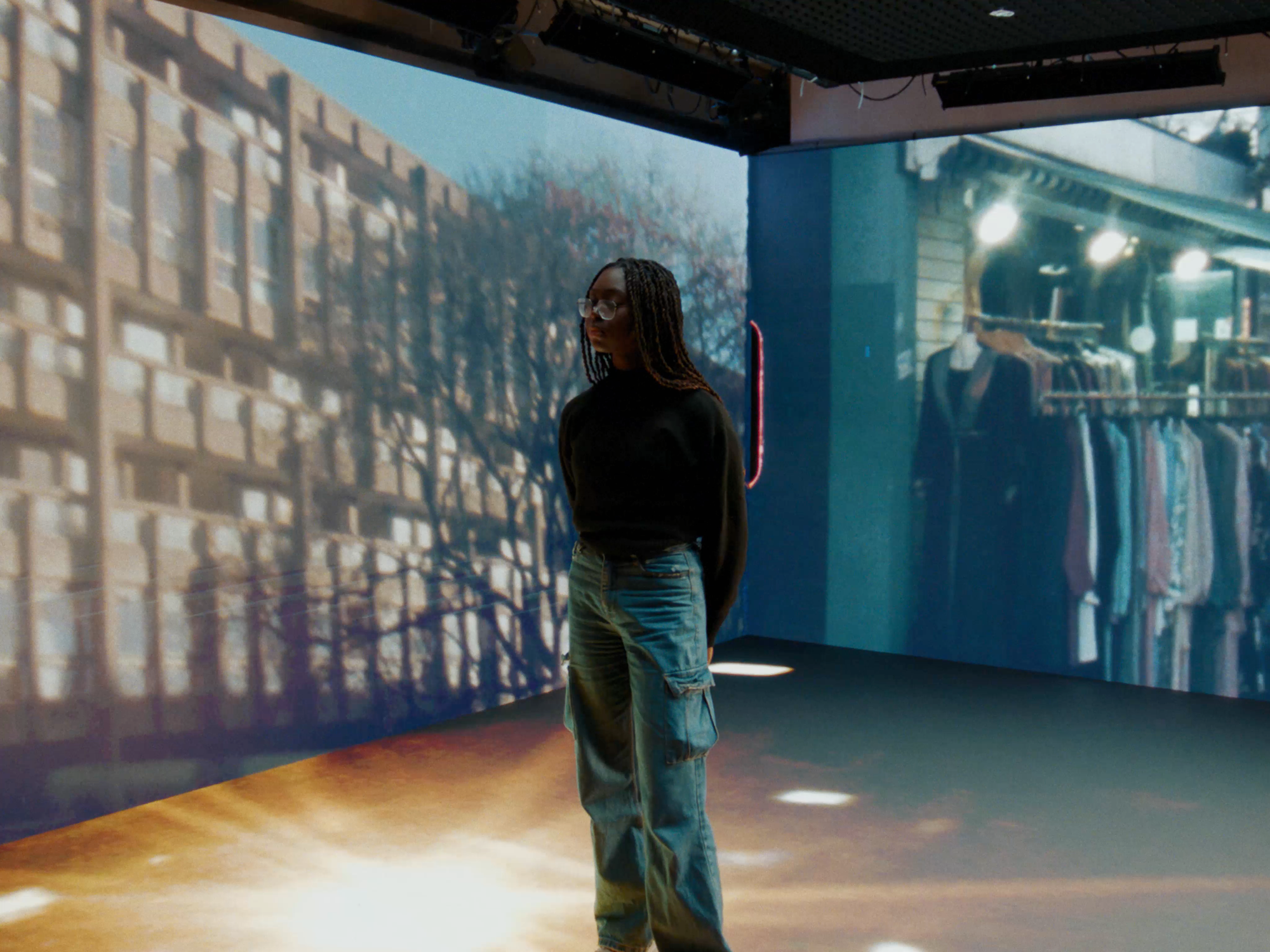
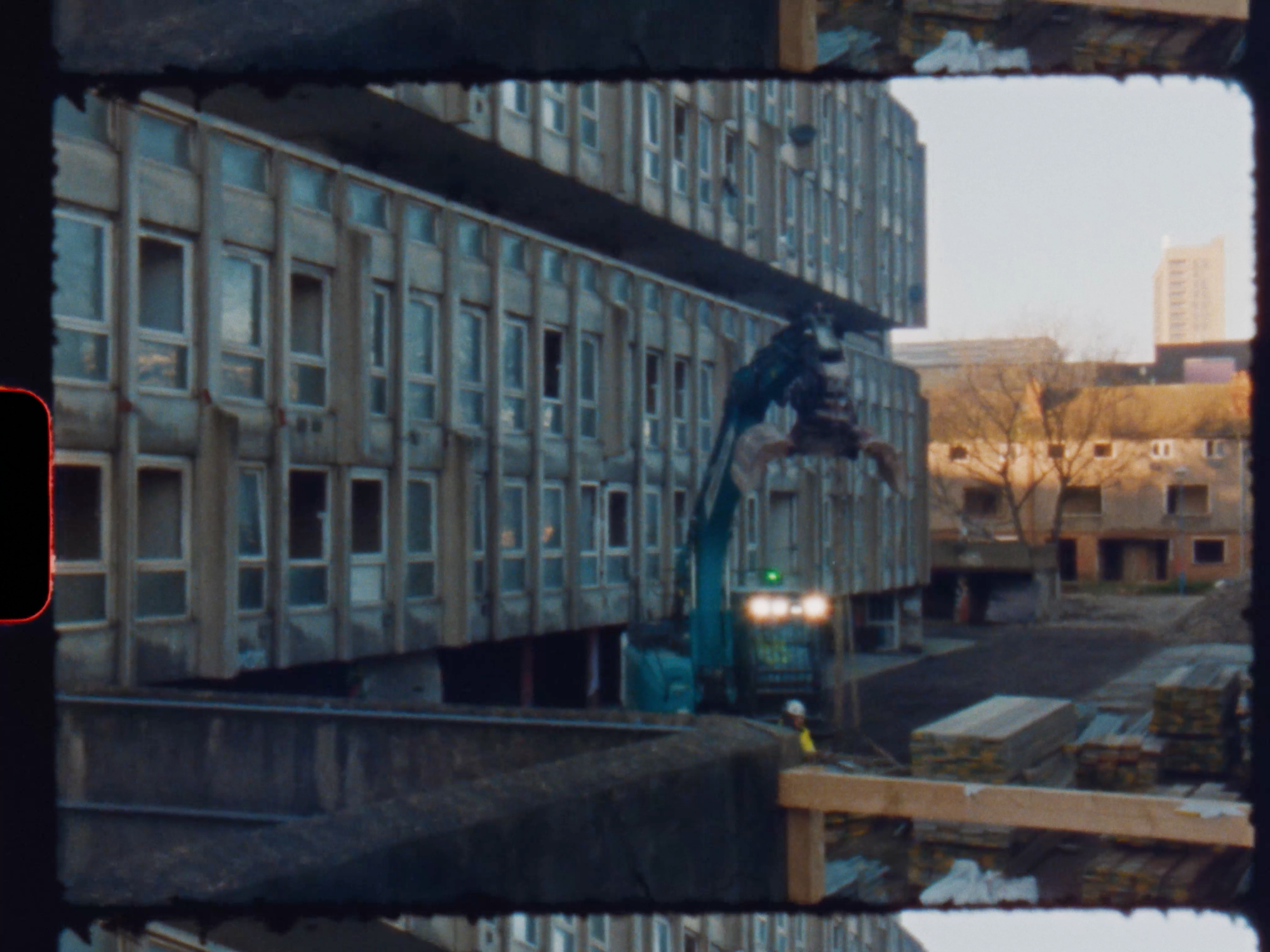
During the closing discussion, it was suggested that the Robin Hood Gardens should not be historicised as a relic of the past but kept alive to circulate in collective memory. This is certainly important. To reduce the estate to a ‘relic’ would be to suggest that we are “past” social housing, in a post-estate future. Yet despite the steady assault on social housing in recent decades, this is far from the truth.
'Past the Concrete' demonstrated that urban development is rarely neutral: it codifies or effaces working-class histories, and governs how we experience belonging. The event and the long-term efforts of its contributors have built a legend from the legacy of Robin Hood Gardens. Similarly to its namesake, Robin Hood the outlaw, it is a legend that can guide us toward the egalitarian possibilities of the future. Even amid present challenges, these possibilities are very real: 'Past the Concrete' offered a crucial blueprint for how, together, we might imagine and construct the social housing of tomorrow.
Tommy Sissons is a novelist, poet, playwright and the Editor-in-Chief of GRASS Magazine. His novel 'Cautious, A Boat Adrift' and polemic 'A Small Man's England' were both published by Repeater Books. His poetry collection is forthcoming with Broken Sleep Books.



